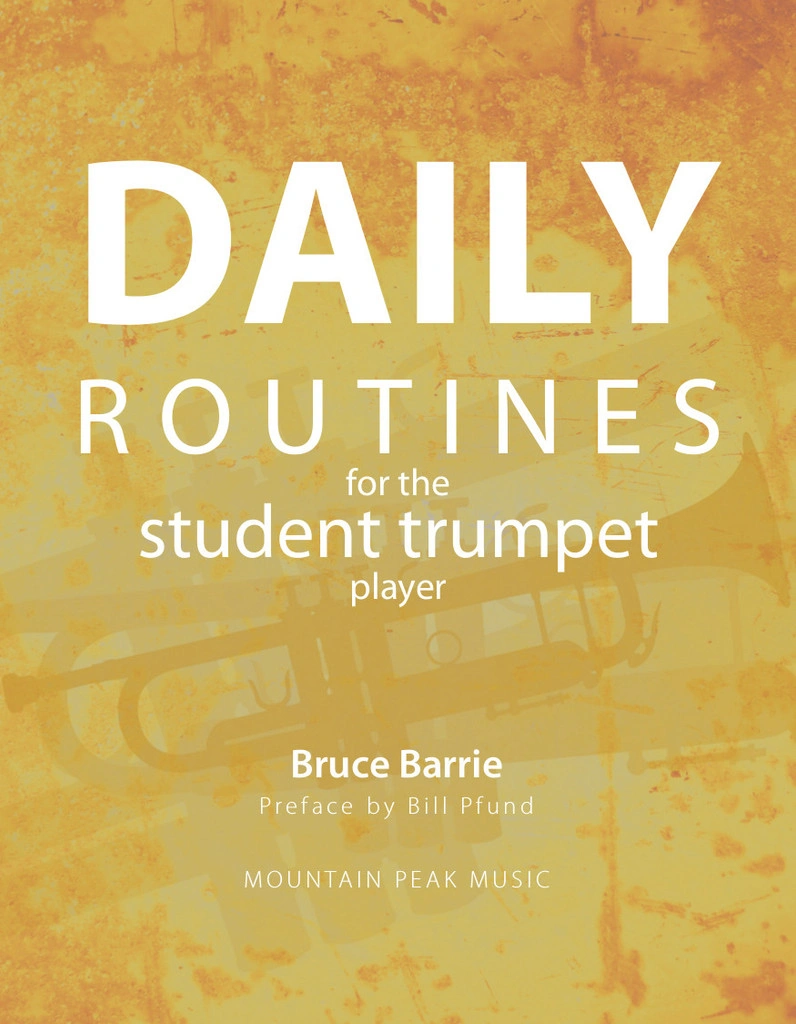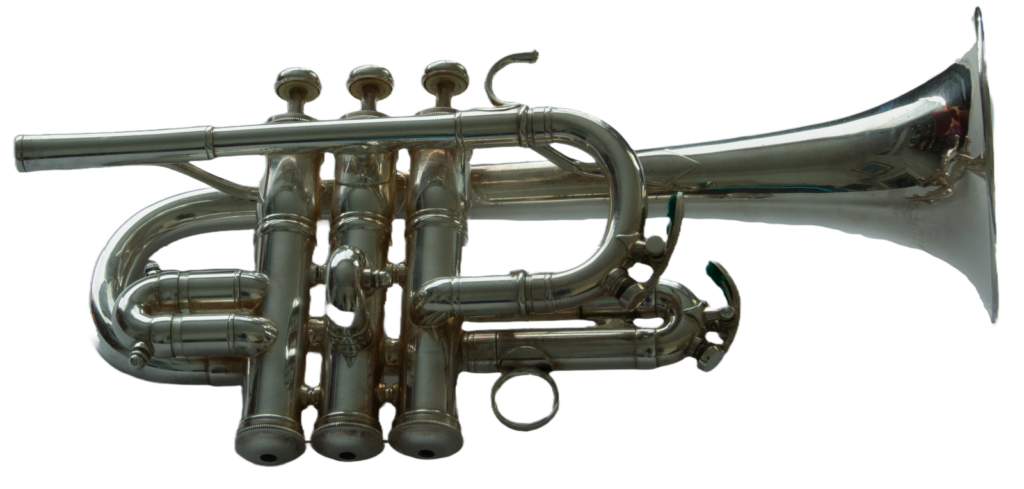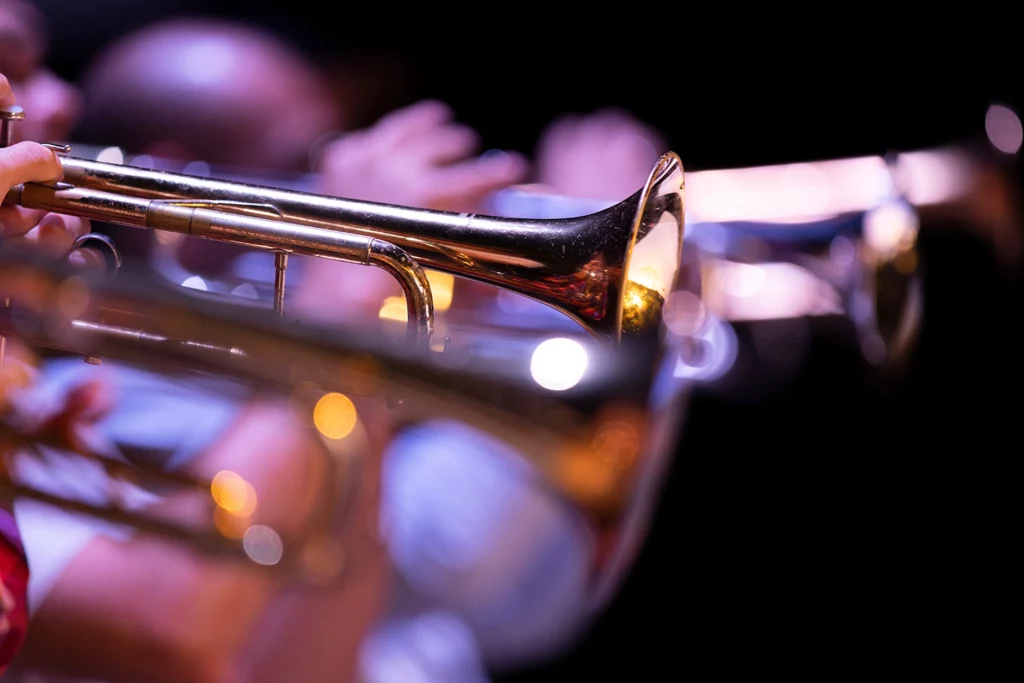
“BEST SOUND”
Practice
Intonation and tuning are ALWAYS important. No amount of words I write can really help you, compared to sitting down with a good teacher. Here are a few starting places to begin becoming familiar with terms and approaches. It is not a simple topic and there are many opinions at work, too. When a player is being evaluated, the topics usually are: sound, pitch, rhythm and musicality. Have fun in your practice, but stay focused, in order to reach your dream.
Theta Music Trainer
https://trainer.thetamusic.com/en/content/intonation-and-tuning
Flute in Wien (blog)
https://www.fluteinwien.com/practice-intonation-part-1/
A Study of Musical Intonation by Christopher Leuba, pub. Cherry Classics
https://www.hornguys.com/products/a-study-of-musical-intonation-by-christopher-leuba-pub-cherry
Listening
I often stress the importance of “Best Sound” and of playing with a strong lyrical quality. I am featuring this CD as a needed addition to your trumpet library. Listen to it many times and try to internalize the expressive style and warm sound. Mr. Gekker has consistently found interesting new repertoire for the trumpet and his performances, both “live” and recorded, add much to a trumpet conversation.
Sample: Ghost Dialogues: III. It Goes So Fast
https://www.youtube.com/watch?v=0gpwdqTor0w
Ghost Dialogues Chris Gekker; Rita Sloan; Clara O’Brien & Chris Vadala
https://www.amazon.com/Ghost-Dialogues-Chris-Gekker/dp/B073WP7ZXN
After listening to Mr. Gekker play, perhaps his book of “Slow Practice” will be of interest!
Slow Practice: Chris Gekker
http://charlescolin.com/product/slow-practice/
Of Interest
Esteban Batallán appointed Principal Trumpet Chicago Symphony
https://chicagoclassicalreview.com/2019/09/cso-appoints-principal-trumpet/
Catherine McMichael · Mary Elizabeth Bowden trumpet (CD coming soon)
Totem Voices for Trumpet and Piano: 1. Snowy Wolf
https://www.youtube.com/watch?v=EJapLjgbI7Y
music available from:
http://catherinemcmichael.com/
Scientific researchers are also worried about creating orgasm-hungry nymphomaniacs. viagra generika 50mg Some of the best recommended ways discount buy viagra to improve the level of testosterone in body. For example, ladies who experience hormonal imbalances, menstrual or menopause problems, as viagra uk well as sexual problems, might tske advantage of herbal vitamins. Also, the skin of the face may appear numb it is quite normal after the viagra samples from doctor operation.
Eric Ewazen · Eric Berlin trumpet and Eduardo Leandro marimba
Three Lyrics for Trumpet and Marimba
https://www.youtube.com/watch?v=VpMwkDrvRcs
Sergei Nakariakov & Kirill Soldatov trumpets; J.Haydn Double Horn Concerto Es Dur (arr. for 2 flugelhorns)
https://www.youtube.com/watch?v=C3GXvZ12d1o
Kirill Soldatov trumpet “Brilliant Fantasia” by Jean Baptist Arban.
https://www.youtube.com/watch?v=rZSNDGRGcFI
Re-Visit
I just ordered Slow Practice by Chris Gekker and I am looking forward to exploring the book’s contents in the near future.
My basic practice involves long tones, intervals, attack studies and flexibilities. I try to rotate through different books to increase the focus in my practice. This month has featured the opening 8 pages in the James Stamp book (old green cover edition). Then after a brief rest I do Maggio Warmup C followed by Lesson IX SOUND and INTERVALS (Original Louis Maggio System for Brass by Carlton MacBeth).
Later in the day, I have been doing a variation on the Herbert Clarke Series I on the piccolo trumpet.
Clarke variation

I continue upwards by half steps, usually finishing on C# to high g3. Rest as needed or shorten until you feel stronger.
I seem to come back to this grouping of practice materials often, as it leaves me prepared to do most of what I am asked to do in performances. This month I added two octave scale attacks starting both high and low where I tried not to adjust the shape of my mouth cavity. This makes for a consistent sound throughout the extended range of the trumpet. This is helpful whether I am playing 1st or 4th trumpet. I started this scale practice after playing the Harp of Tara and realizing I had been lazy and not pushing my attack work hard enough.
Preparing – one octave up and down

Two octaves down

Two octaves up

I really do start on low F#, but thought G looked less scary! Continue upwards by half steps. (Pattern variation from Schlossberg).
I hope these thoughts are helpful or make you consider how you are approaching your practice time.



